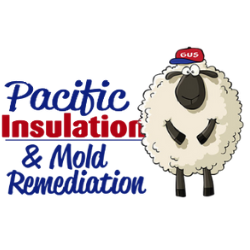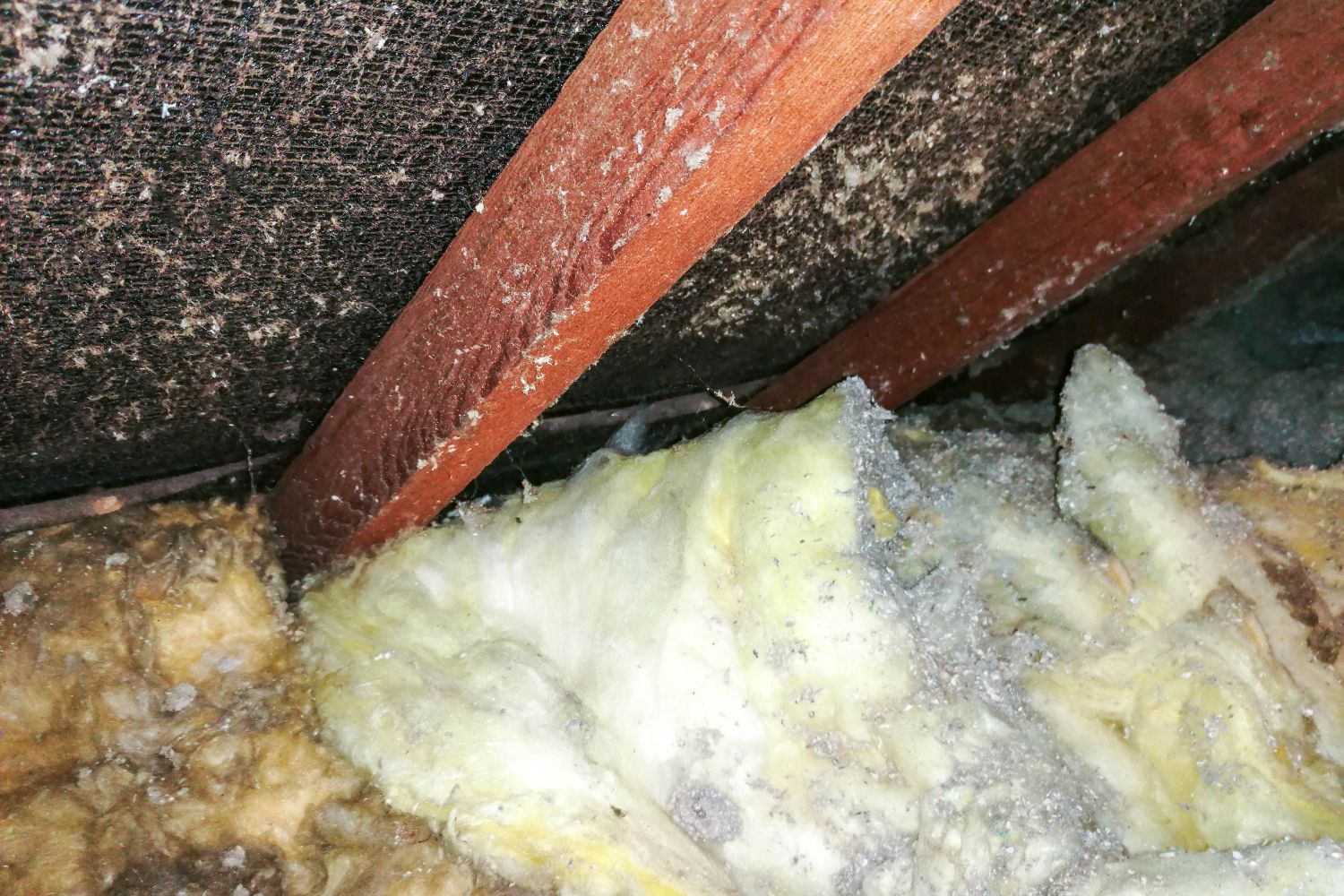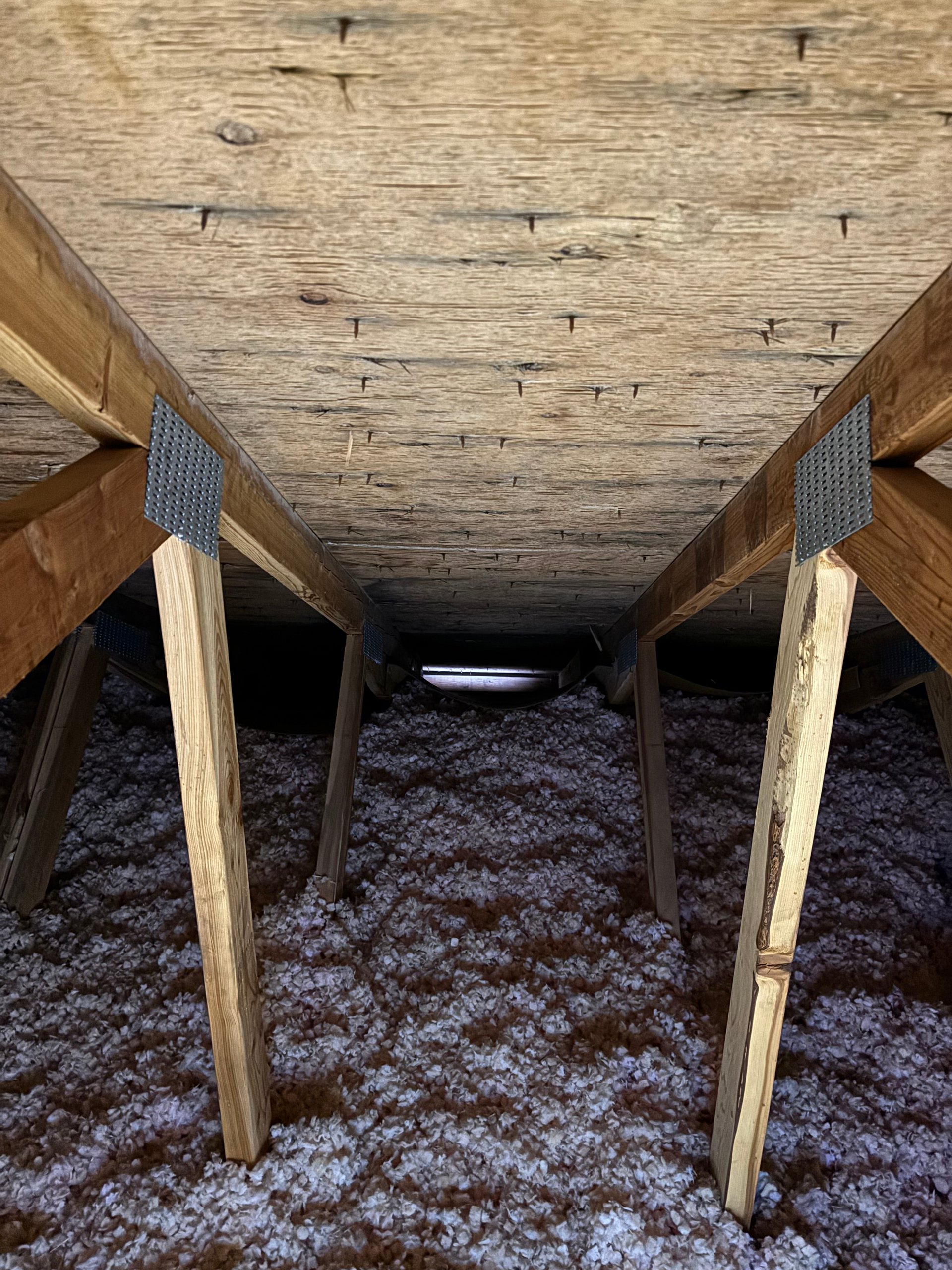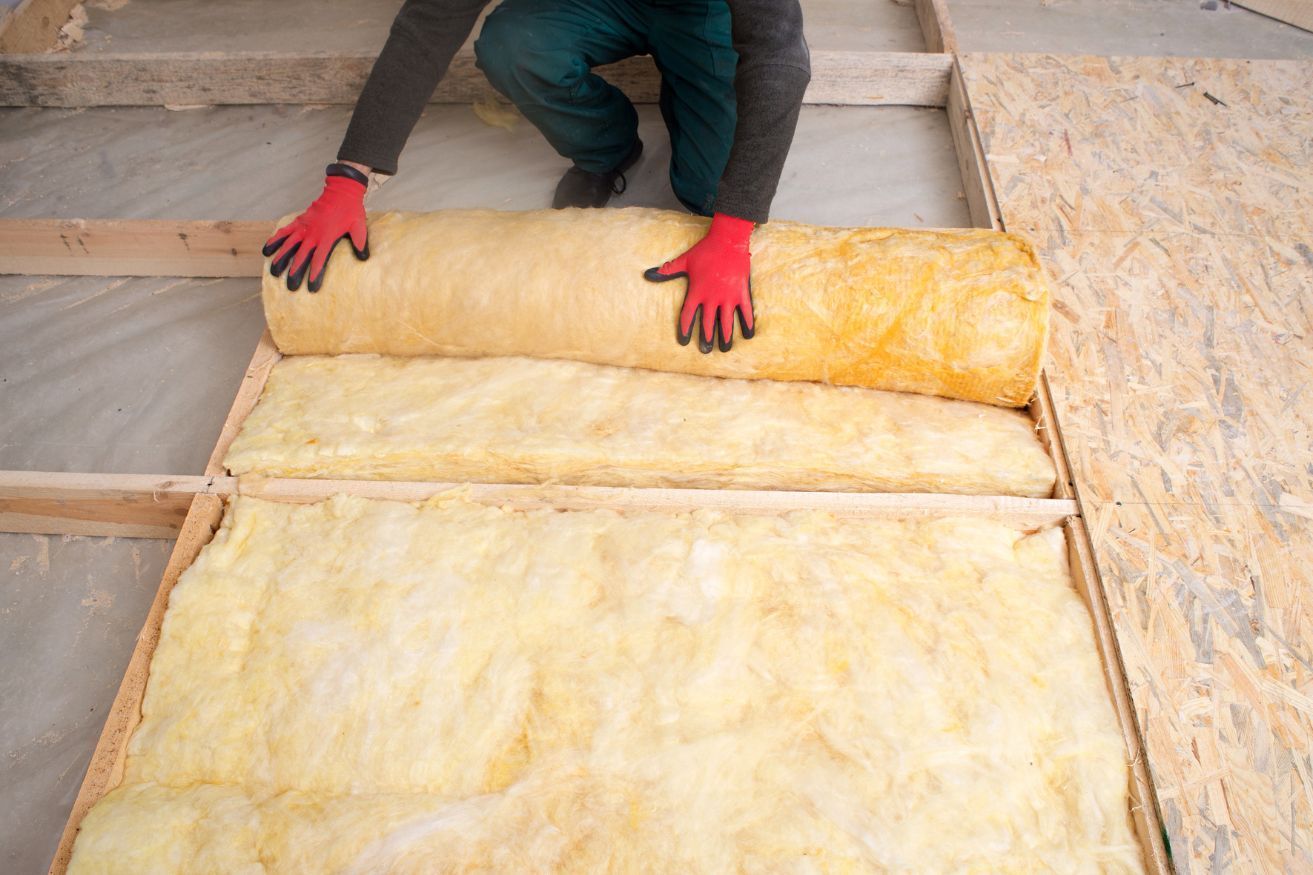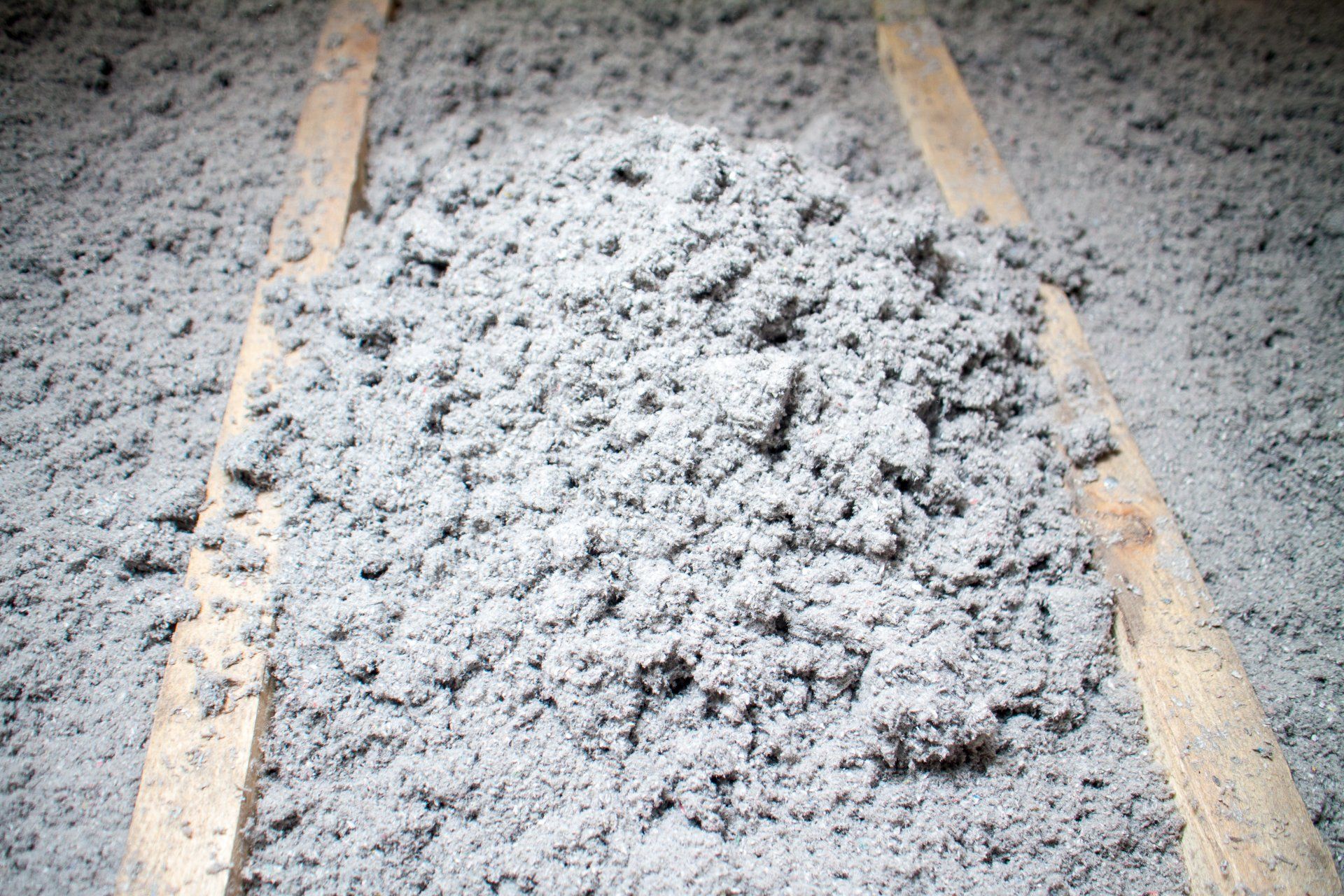How much insulation do I need for 1000 sq ft
Understanding Insulation Basics
When planning to insulate your home, one of the most common questions is: "How much insulation do I need for 1000 square feet?" Whether you're insulating walls, an attic, or a garage, understanding the amount of insulation required is crucial for energy efficiency and comfort. This guide will help you calculate the insulation needed for different areas of your home.
Understanding Insulation Basics
Before diving into calculations, it's important to understand some insulation basics. Insulation is measured in R-values, which indicate its resistance to heat flow. The higher the R-value, the more effective the insulation.
Types of Insulation
- Batt Insulation: Comes in pre-cut panels and is commonly used for walls and ceilings.
- Roll Insulation: Similar to batts but comes in longer rolls. It's ideal for large areas.
- Cellulose Insulation: Made from recycled paper and is often used for attics.
- Spray Foam Insulation: Provides excellent coverage but is more expensive.
Calculating Insulation for Walls
To determine how much insulation you need for walls, you'll first need to calculate the total square footage of the walls in your home.
Step-by-Step Wall Calculation
- Measure the Height and Width of Each Wall: Multiply these numbers to get the square footage of each wall.
- Subtract Windows and Doors: Measure the square footage of windows and doors and subtract this from the total wall area.
- Calculate Total Wall Area: Add up the square footage of all walls, subtracting windows and doors.
Example: For a 10x12 room, the wall area without windows or doors would be approximately 352 square feet.
Wall Insulation Calculator
Using a wall insulation calculator can simplify this process. Input the total square footage, and it will estimate the number of rolls or batts needed based on the insulation type.
Insulating the Attic
Attics are one of the most important areas to insulate, as they can significantly impact your home's energy efficiency.
How Much Cellulose Insulation Do I Need for the Attic?
To calculate how much cellulose insulation you need:
- Measure the Attic Floor Area: Multiply the length and width of the attic to get the square footage.
- Determine Desired R-Value: The recommended R-value for attics varies by climate but typically ranges from R-30 to R-60.
- Use a Dense Pack Cellulose Calculator: This tool will help you determine the number of bags of cellulose insulation needed based on your attic's square footage and desired R-value.
Example: For a 1000 sq ft attic aiming for R-38, you may need approximately 30 bags of cellulose insulation.
Insulating a Garage
If you're insulating a 24x24 garage, the process is similar to walls but on a larger scale.
Garage Insulation Steps
- Measure the Wall and Ceiling Area: Calculate the square footage of the walls and ceiling separately.
- Use a Roll Insulation Calculator: This will help determine how many rolls of insulation you need for the garage space.
Example: For a 24x24 garage, you might need around 600 square feet of insulation for the ceiling and additional for the walls.
Frequently Asked Questions
How Many Square Feet Does a Roll of Insulation Cover?
Typically, a roll of insulation covers about 40 to 50 square feet, but this can vary based on the brand and type of insulation.
How Many Rolls of Insulation Will I Need for 400 Square Feet?
For 400 square feet, you would need approximately 8 to 10 rolls of insulation, assuming each roll covers about 40 to 50 square feet.
How to Measure for Insulation?
To measure for insulation:
- Determine the Total Square Footage: Measure the area of each space you plan to insulate.
- Account for R-Value: Choose the appropriate R-value based on your climate and desired energy efficiency.
- Calculate the Amount Needed: Use calculators or guidelines provided by insulation manufacturers.
Conclusion
Calculating how much insulation you need for your home is a straightforward process once you understand the basics. By measuring the square footage of walls, attics, and garages, and considering the desired R-value, you can accurately determine the amount of insulation required. Using tools like roll insulation calculators and dense pack cellulose calculators can further simplify the process.
Remember, proper insulation not only enhances comfort but also improves energy efficiency, leading to potential savings on utility bills. Whether you're insulating a 1000 sq ft home or a specific room, the right amount of insulation is key to maintaining a comfortable, energy-efficient living environment.
